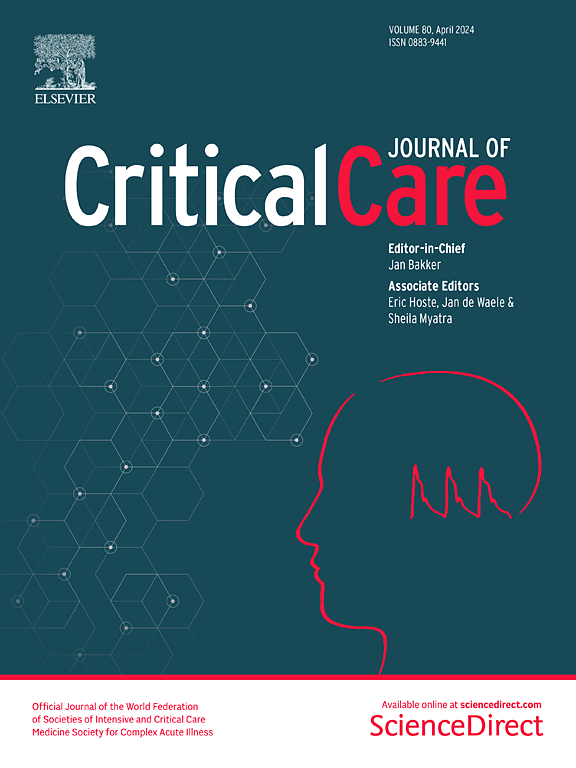未来的呼吸机:主要原则和尚未满足的需求
IF 8.8
1区 医学
Q1 CRITICAL CARE MEDICINE
引用次数: 0
摘要
有创正压通气持续存在的缺陷使其并非理想的干预措施。七十多年来,临床经验和科学研究帮助确定了正压通气的一系列危害和局限性。除了气管插管造成的气道通畅度下降和下气道污染外,正压通气的主要危害可分为三大类:血流动力学损伤、通气诱发肺损伤的可能性以及呼吸肌泵损伤。为了优化护理服务,监控和机器输出必须整合可能影响患者基本需求和/或心肺系统对通气干预反应的信息。趋势分析、及时干预以及与护理人员更密切的沟通将限制不利的临床轨迹。从近几年的飞速发展来看,我们可以欣慰地认为,生理学研究和新兴技术能力最终可能会解决目前存在的重要缺陷。本文章由计算机程序翻译,如有差异,请以英文原文为准。
The ventilator of the future: key principles and unmet needs
Persistent shortcomings of invasive positive pressure ventilation make it less than an ideal intervention. Over the course of more than seven decades, clinical experience and scientific investigation have helped define its range of hazards and limitations. Apart from compromised airway clearance and lower airway contamination imposed by endotracheal intubation, the primary hazards inherent to positive pressure ventilation may be considered in three broad categories: hemodynamic impairment, potential for ventilation-induced lung injury, and impairment of the respiratory muscle pump. To optimize care delivery, it is crucial for monitoring and machine outputs to integrate information with the potential to impact the underlying requirements of the patient and/or responses of the cardiopulmonary system to ventilatory interventions. Trending analysis, timely interventions, and closer communication with the caregiver would limit adverse clinical trajectories. Judging from the rapid progress of recent years, we are encouraged to think that insights from physiologic research and emerging technological capability may eventually address important aspects of current deficiencies.
求助全文
通过发布文献求助,成功后即可免费获取论文全文。
去求助
来源期刊

Critical Care
医学-危重病医学
CiteScore
20.60
自引率
3.30%
发文量
348
审稿时长
1.5 months
期刊介绍:
Critical Care is an esteemed international medical journal that undergoes a rigorous peer-review process to maintain its high quality standards. Its primary objective is to enhance the healthcare services offered to critically ill patients. To achieve this, the journal focuses on gathering, exchanging, disseminating, and endorsing evidence-based information that is highly relevant to intensivists. By doing so, Critical Care seeks to provide a thorough and inclusive examination of the intensive care field.
 求助内容:
求助内容: 应助结果提醒方式:
应助结果提醒方式:


